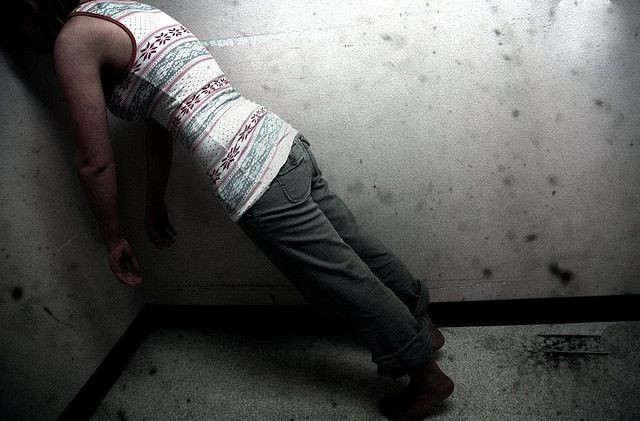The 10 Most Depressing Industries Reveal Dealing With Difficult People Stresses Mental Health

You might hate your job, but you aren’t necessarily suffering while you work: A new study reveals a list of some of the most depressing industries, with those involving direct interaction with clients and customers as some of the riskiest to overall mental health.
Depression is the most common mental illness in the United States. It’s estimated that 17 percent of the population will, at one point or another, experience a depressive episode. Led by University of Cincinnati psychiatry professor Lawson Wulsin, a team of researchers collected data to assess how often professionals in certain industries experience such episodes — marked by two or more claims using disease-specific cost codes such as “major depressive disorder.”
The Top 10
10. Printing and Publishing — 12.43%
9. Security and Commodity Brokers — 12.60%
8. Membership Organizations — 13.28%
7. Environmental Quality/Housing — 13.42%
6. Legal Services — 13.44%
5. Personal Services — 14.25%
4. Miscellaneous Manufacturing Industries — 14.25%
3. Social Services — 14.60%
2. Real Estate — 15.65%
1. Local/Intercity Passenger Transit — 16.19%
According to the Centers for Disease Control and Prevention, the overall prevalence of depression the U.S. hovers around one in 10 people; although, major depressive disorder, the grandfather illness, is far more afflicting than the occasional depressive episode or case of minor depression. Most likely to be depressed, according to CDC data, are people between 45 and 64 years of age, women, and those without a high school diploma.
Interesting to the latest study, however, is that the CDC also finds people who are unable to work or are unemployed as possessing a greater risk for depression. Wulsin and his colleagues collected data from a severely limited data set: patient claims under a Blue Cross Blue Shield insurance program, and only people working in Western Pennsylvania. This means any national or international claims, undiagnosed cases, and unemployed cases are left out.
The industries with the highest rates of depression all tended to have some things in common, the team found. “Industries with the highest rates,” they wrote, “tended to be those which, on the national level, require frequent or difficult interactions with the public or clients, and have high levels of stress and low levels of physical activity.” This makes sense. Prior research has found that physical activity, usually in the form of exercise, releases endorphins in the brain. A sedentary career has a far harder time achieving the same feel-good hormone rush.
The researchers point out their study has “little precedent” in clinical investigation, and that better understanding how certain fields naturally predispose people to future depression diagnoses could allow more effective prevention and treatment systems to integrate into those jobs — basically, hoping your case of the Mondays doesn’t turn into something worse.
Source: Wulsin L, Alterman T, Bushnell TP, Li J, Shen R. Prevalence rates for depression by industry: a claims database analysis. Social Psychiatry and Psychiatric Epidemiology. 2014.
Published by Medicaldaily.com



























